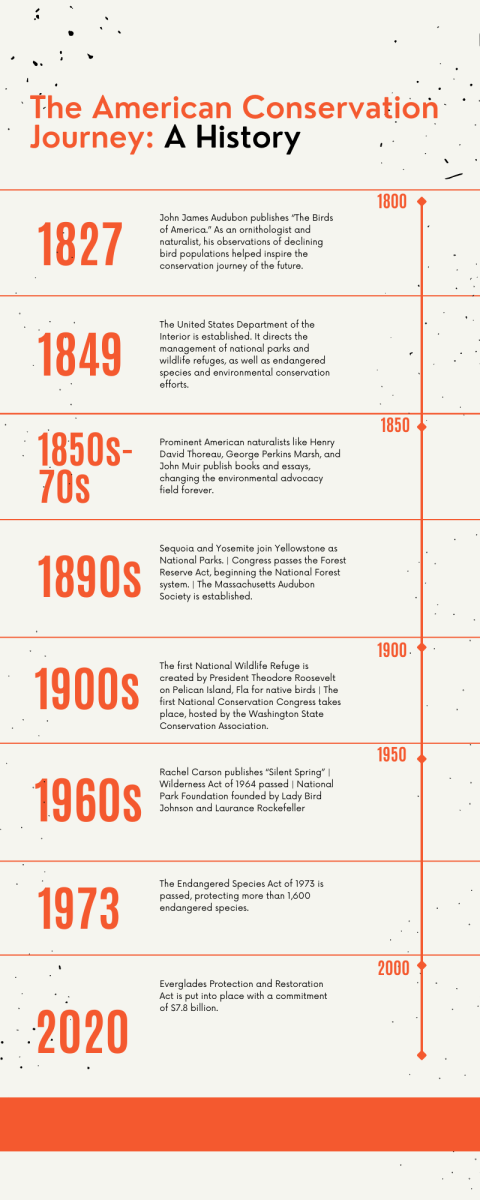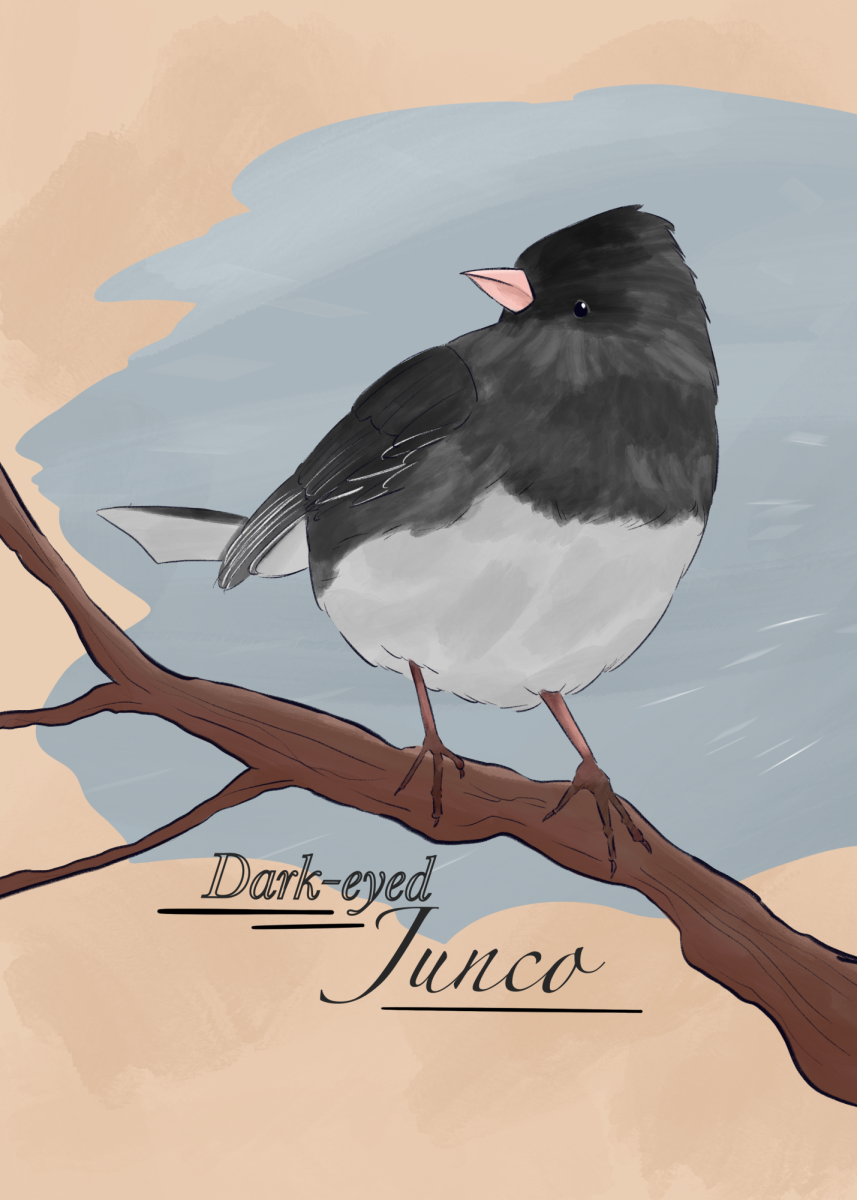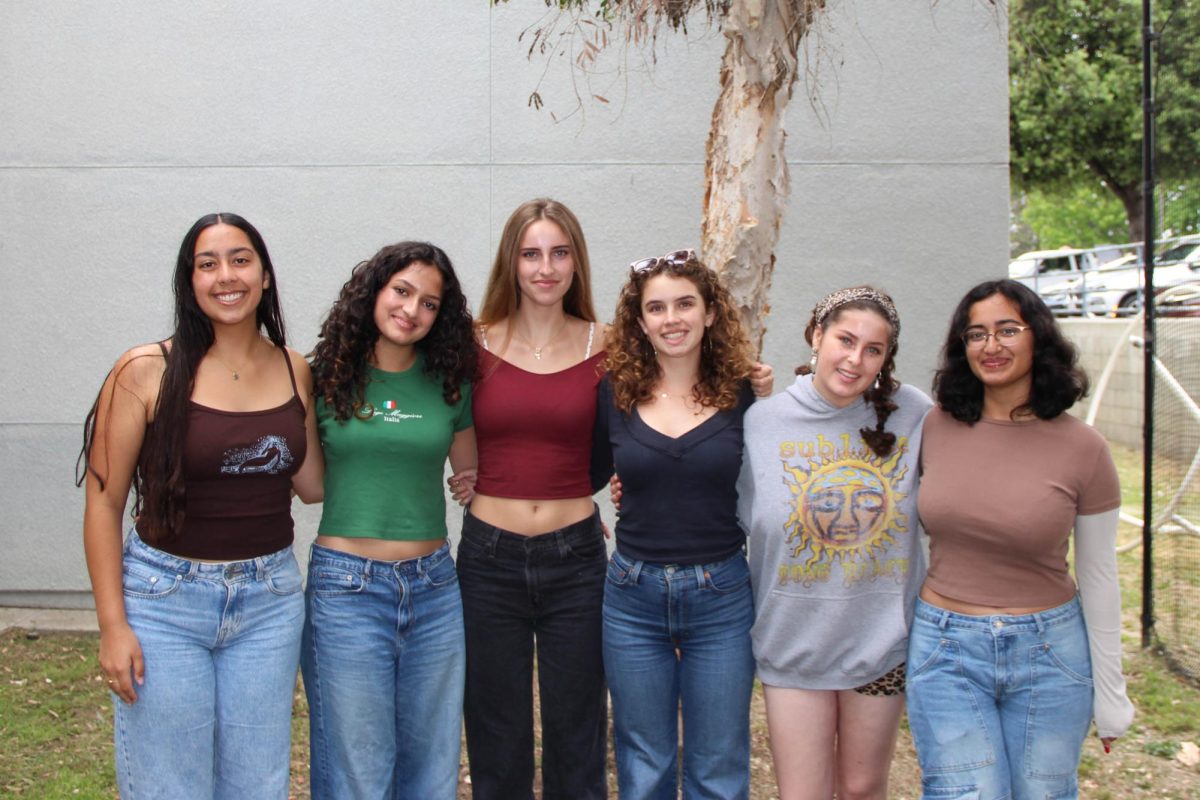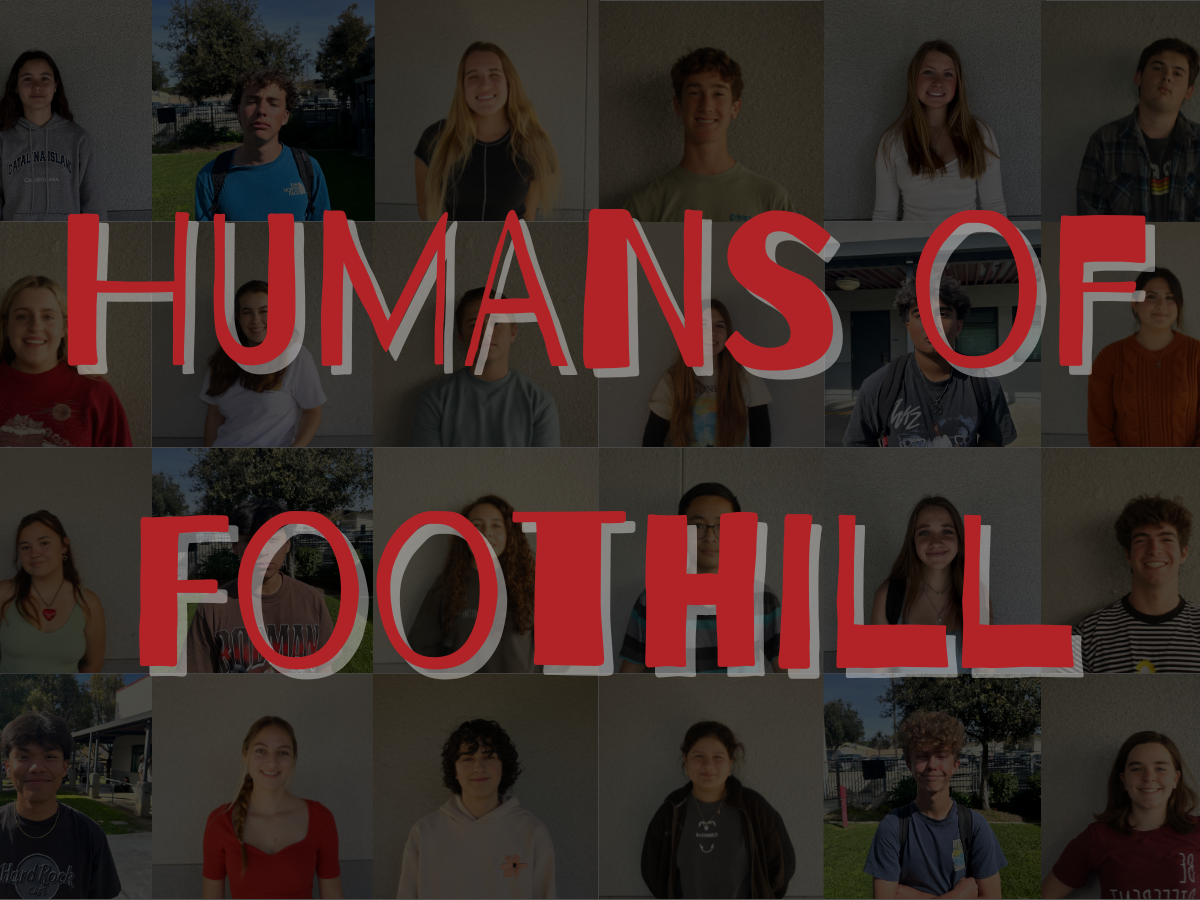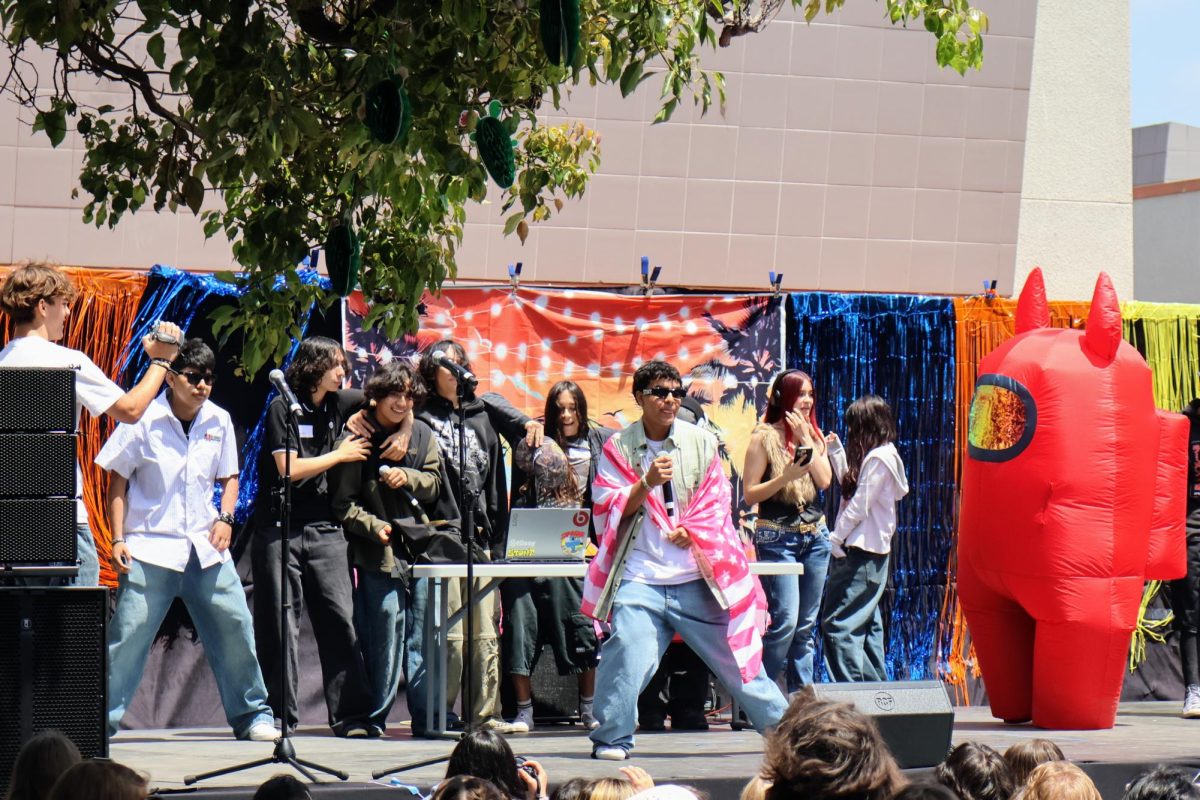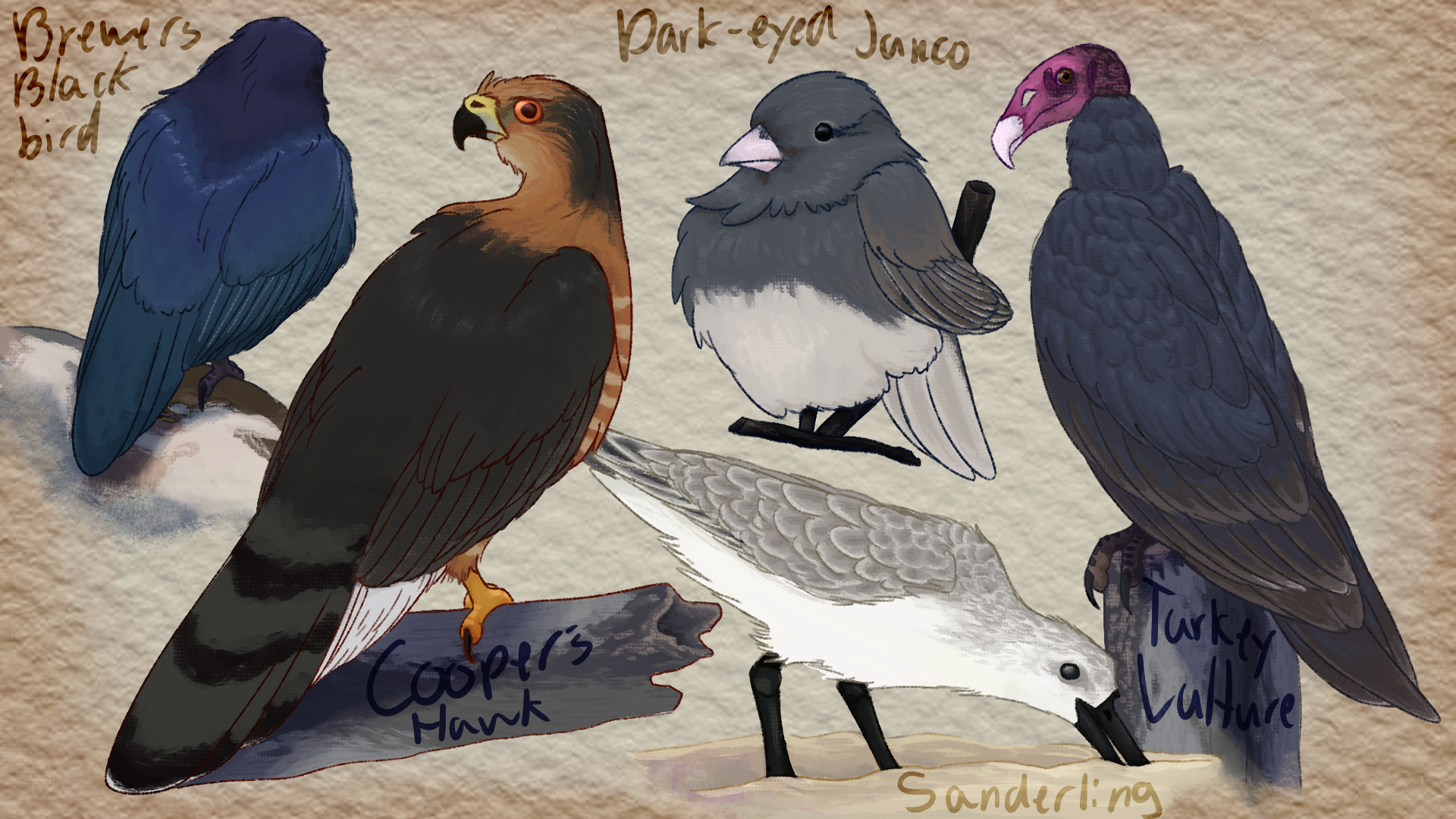
Why we may be living in a mass extinction and a casual guide to birds of Ventura
They take to the skies, being borne by the winds, and are the descendants of dinosaurs. A flap from their dexterous wings might help carry them nearly 500 miles across the harshest ocean climates, while another is capable of running for miles upon miles of savannah or desert at a time. Some sport talons as large as a grizzly bear’s. Some are hailed the fastest animal on the planet, at 240 miles per hour, around the same speed as a Formula One race car.
If unaware of the existence of birds, one probably would have been terrified by the description above. Thankfully, the aforementioned details recount the prowess of the biological class Aves, not of some chimerical monster. There have been about 10,000 species of birds recognized all over the world, although scientists have predicted far larger numbers than that. Even at Foothill Technology High School (Foothill Tech), students are able to see over a dozen different species.
However, as our world becomes increasingly urbanized and more individuals become disconnected from nature, less of us know about the brilliance and significance avifauna have on Earth. The presence of humans has never jeopardized the survival of birds more than the present, and it is vital that more are informed on the precarious state of these feathered creatures. Read on for a history and guide to bird conservation, as well as a list of common birds in Ventura County.
From the chirping of finches who shake the first morning dew, to the soaring silhouettes of raptors far above highways, birds are an irreplaceable facet of our world. Without them, where would the “cockle-doodle-doo” of roosters, or the “caw” of the common crow be? Besides their common appearances in myths and Aesop fables, these warm-blooded avians also play critical roles in ecosystems across the world. These roles include the dispersion of seeds and pollination, as well as hunting and scavenging. However, for the past three centuries birds have been in a steady, if not exponential, decline, and conservationists across the globe fight tirelessly to prevent further extinctions.
In fact, society is faced with appalling statistics. A study conducted by the Cornell Lab of Ornithology in September of 2019 revealed that “The North American bird population is down by 2.9 billion breeding adults,” a number that has climbed to above three billion as of 2022. This devastating statistic means that since 1970, roughly one in four birds have vanished.
More recently, the State of the Birds 2022 report made by the United States has stated that 70 new species have been identified as having “lost 50% or more of their populations in the past 50 years, and are on track to lose another half of their remnant populations in the next 50 years if nothing changes.” Furthermore, the National Audubon Society announced in an article from October 2022 that “More than half of U.S. birds are in decline.” In fact, Peter Marra, co-author of a 2019 Science study “Decline of the North American avifauna,” claimed in his co-written book “Cat Wars: The Devastating Consequences of a Cuddly Killer” that we are essentially living through the advancement of the sixth mass extinction.
However, these rapidly declining populations are not caused by natural occurrences, in fact, they’re far from it. The American Bird Conservancy (ABC) reported that the number one cause for bird declines is habitat loss, with habitat degradation coming in second as available resources are compromised. Other human-caused factors include invasive species, exposure to pesticides and other toxins released into the environment, as well as collisions with glass, wind turbines, telephone wires and more. In studies across the bird conservation field, climate change is an additional variable and is expected to exacerbate these threats, ultimately accelerating the dwindling numbers of bird populations across most biomes.
When people think about Ventura County and the birds that live within the coastal and mountainous environments, many might not think much of them. However, pay attention to the sky on a clear day, and one might catch sight of a turkey vulture’s silver-marked wingspan. The fearsome cousins of these raptors are the California condors, the bird with the largest wingspan in North America—much rarer, but still spotted around areas of Southern California.
California condors soaring in the wild are the result of decades of conservation efforts. In fact, they have become perhaps one of the most successful conservation stories of all time. According to the National Park Service (NPS), the scavenger birds had first been “placed on the federal endangered species list in 1967,” with their future looking bleak in 1985 when only nine birds remained in the wild. The primary reason for this devastating decline was because the birds would consume carcasses left behind by hunters who used lead bullets. This resulted in lead poisoning and weaker eggshells, a jeopardizing situation as condors reproduce at extremely slow rates. Poison baits and the pesticide DDT may also have played roles in the weakening of eggshells.
However, when it became clear that the birds would not be able to rebound without more human interference, “the last wild condor was removed from the wild, and all 27 left in the world were being kept in breeding facilities at the Los Angeles Zoo and the San Diego Wild Animal Park,” according to NPS. After years of painstaking dedication to raising chicks and research on how to integrate captive bred animals back into the wild, the first two captive-bred condors were released at Hopper Mountain National Wildlife Refuge just north of Ventura, Calif. Today, there are around 400 California condors in the world, with more than half of them living in the wild.
While conservation efforts may seem out of reach for the general public to participate in, they are actually closer than one may think. When asked about what motivates him to be a wildlife and bird photographer, Max Breshears ‘26 stated, “Well, there’s a big conservation side of it. Ventura is home to a lot of pretty endangered species that are being affected in lots of ways.” He explained how snowy plovers and least terns make their nesting grounds during early spring to mid-fall on beaches, including the coast of Ventura County. This exposes the small shorebirds’ nests to potentially damaging factors, including humans and dogs. However, conservation programs led by the Ventura Audubon Society have been working towards protecting these fragile habitats by educating the public, habitat fencing, putting up signs, and keeping data.
Some additional ways to join the conservation effort are by protecting birds from pets outdoors, avoiding using toxic pesticides where birds can access them and getting outdoors with a few friends to mindfully enjoy and learn more about nature. One could also volunteer for beach clean-ups with the Surfrider Foundation or consider participating in a local bird conservation program. Just by raising awareness and making environmentally-friendly choices every day, one can make a world of difference for the future of birds and future generations … and perhaps prevent another mass extinction.
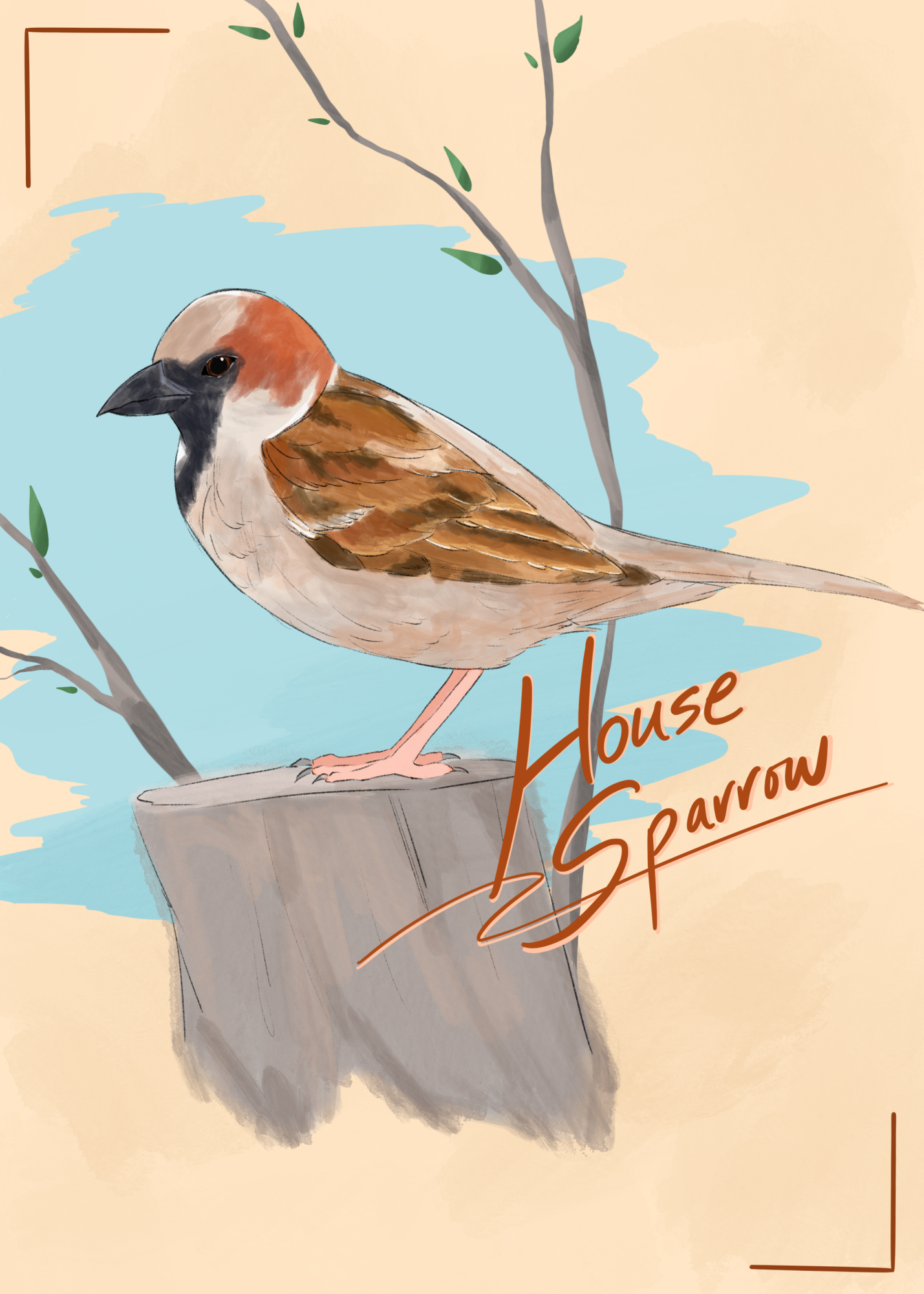
House sparrow
The house sparrow is a small, lively species of sparrow. Found throughout both the Americas and Eurasia, they live in all types of buildings and brush, both urban and suburban. At Foothill Tech, house sparrow nests can be spotted in many of the hallway rafters and ceiling lamps. During the spring, the constant chattering and chirping rarely ceases. House sparrows are commonly seen year-round in Ventura, Calif.
Dark-eyed junco
The dark-eyed junco is another type of small sparrow, with many unique variations across North America. Ventura hosts the Oregon variation of junco, marked with a black cap and a pinkish beak. They live in thick brush or highly vegetated areas. The garden at Ventura College hosts some of these juncos, but they can be spotted year-round in the city.
Black phoebe
The black phoebe is a dark gray species of flycatcher that often twitch their tail feathers. They live along the western side of both North America and South America, preferring to make their mud nests close to a water source, such as streams, rivers, lakes and fountains. Characterized by a bright white underbelly, these phoebes are found year-round in Ventura, often nesting in a nice eave.
(California) brown pelican
The California brown pelican, is a large coastal bird with a distinct pouch beak used to scoop up fish. They are typically seen flying in long line formations along the water by beaches or harbors in Ventura County, occasionally diving down to feed. From the shore, brown pelicans can be seen during the non-breeding season. During the peak of their breeding season, March to April, the pelicans retreat to the isolation of the Channel and Santa Barbara Islands National Parks. These islands are the only nesting sites for the (California) brown pelican; after being declared endangered in 1971, the conservation of these island breeding grounds was essential to the pelican’s survival.
Sanderling
The sanderling is a very small shorebird with surprisingly fast legs. They run in small flocks along the beach, chasing sand bugs and dodging waves. Sanderlings are most commonly spotted in Ventura sporting pale gray plumage, a white belly and a black beak, the colors of non-breeding sanderlings. However during their breeding season, male’s feathers turn brown and speckled. Throughout all of Ventura County’s beaches you can spot the jumpy flocks as they flitter across the shore.
Turkey vulture
The turkey vulture is a large condor with a wide “V” wingspan and a bare red head. They glide high up in the air, rarely ever flapping their wings, while circling roadkill or other dead animals for prey. Turkey vultures are common in both North and South America, and in Ventura County they float above the hills year-round.
Eurasian collared dove
The eurasian collared dove is a large, vocal bird with a black collar around its neck and a polite body shape. These doves are widespread throughout many continents, from North America to Northern Africa. They favor suburban areas, and are easily seen huddled in pairs along power lines or telephone poles of Ventura County. When they aren’t seen, they can definitely be heard. The dove’s characteristic coo can be easily recognized from any backyard year-round.
Cooper’s hawk
The cooper’s hawk is a medium-sized raptor with a round body and large head. Found across North America, these hawks prefer to fly in suburban areas and nest in tall trees. Cooper’s hawks feed on small birds or crows who try to leech their nests. Despite being a hawk, their calls are scratchy, squeaky, high-pitched and repetitive. They can be found year-round in Ventura, and may still even have a nest up the tree in the Juanamaria Elementary parking lot.
Brewer’s blackbird
The brewer’s blackbird is a rather small bird with glossy black feathered males that shine somewhat iridescent in the sun. These blackbirds are common across North American suburbs, especially in grassy areas like fields or golf courses. In Ventura County they like to waddle in small flocks around Kimball or Fritz Huntsinger park, foraging for food in the grass. Brewer’s blackbirds are noisy and lively with a variety of songs and calls. They are found year-round in the city.



